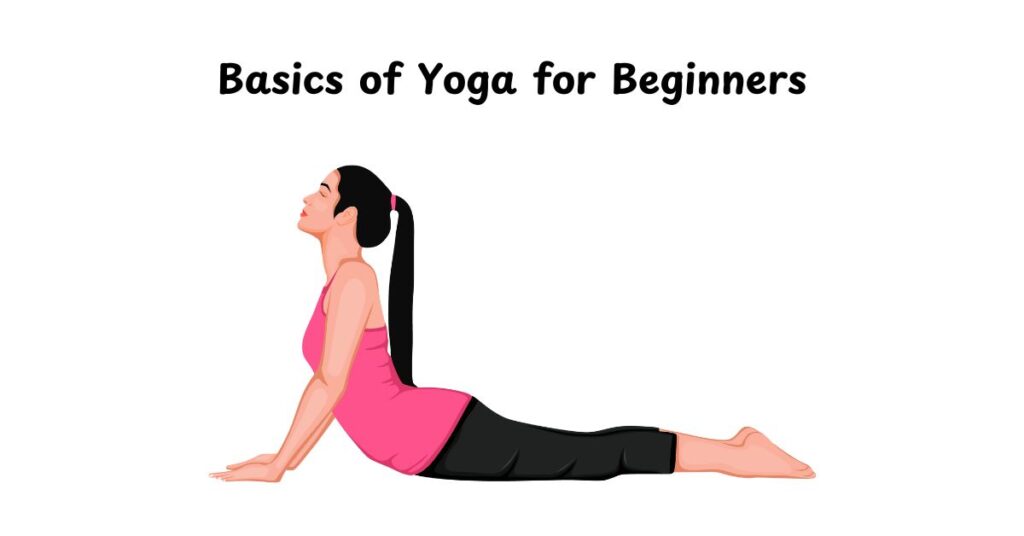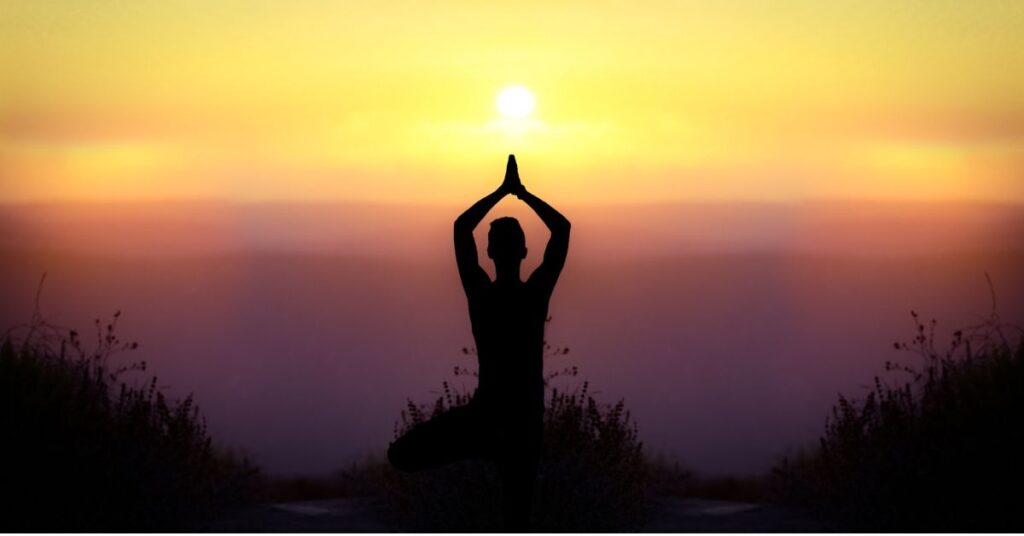Yoga is an ancient practice that combines physical movement, breathing exercises, and meditation to improve overall health and well-being. For beginners, starting yoga can feel overwhelming, but understanding the basics makes it simple and enjoyable. This article will guide you through the essential principles of yoga, basic poses, breathing techniques, and tips to build a safe and effective practice. Whether you’re looking to reduce stress, increase flexibility, or simply try something new, yoga offers something for everyone.
What is it?
Yoga originated in India thousands of years ago and has since evolved into a global practice. At its core, yoga is about connecting the mind, body, and breath. It’s not just about twisting into complicated poses; it’s a holistic approach to health that encourages mindfulness and relaxation. For beginners, yoga is a low-impact way to build strength, improve posture, and calm the mind.
Benefits of Yoga for Beginners
- Physical Health: Yoga strengthens muscles, improves flexibility, and enhances balance. It can also ease back pain and improve posture by aligning the spine.
- Mental Clarity: Focusing on breath and movement helps reduce stress and anxiety. Many people find yoga helps them feel more centered and calm.
- Emotional Well-being: Yoga encourages self-awareness and patience, which can boost confidence and emotional resilience.
- Accessibility: You don’t need special equipment—just a mat and comfortable clothing. It can be done anywhere, from your living room to a park.
Basic Yoga Poses for Beginners
Start with these simple poses to build a strong foundation:
Mountain Pose (Tadasana)
- How to do it: Stand with feet hip-width apart, arms relaxed by your sides. Engage your thigh muscles, lift your chest, and breathe deeply.
- Benefits: Improves posture and balance.
Downward-Facing Dog (Adho Mukha Svanasana)
- How to do it: Start on hands and knees. Lift hips toward the ceiling, straightening legs and forming an upside-down “V” shape. Keep knees slightly bent if needed.
- Benefits: Stretches the hamstrings, shoulders, and spine.
Child’s Pose (Balasana)
- How to do it: Kneel on the floor, sit back onto your heels, and fold forward, resting your forehead on the mat. Extend arms forward or keep them by your sides.
- Benefits: Relieves stress and gently stretches the back.
Cat-Cow Stretch (Marjaryasana-Bitilasana)
- How to do it: On hands and knees, alternate between arching your back (cow pose) and rounding it (cat pose) while breathing deeply.
- Benefits: Increases spinal flexibility and warms up the body.
Warrior I (Virabhadrasana I)
- How to do it: Step one foot forward into a lunge, turn the back foot slightly inward, and raise arms overhead. Keep the front knee bent and chest open.
- Benefits: Strengthens legs and arms while improving focus.
Breathing Techniques (Pranayama)
Breathing is the heart of yoga. These techniques help calm the mind and enhance your practice:
Deep Belly Breathing
- Inhale deeply through your nose, letting your belly expand. Exhale slowly, pulling your belly inward. Repeat for 5–10 breaths.
Alternate Nostril Breathing (Nadi Shodhana)
- Close your right nostril with your thumb and inhale through the left. Close the left nostril with your ring finger, exhale through the right. Repeat for 5–10 cycles.
- Benefits: Balances energy and reduces stress.
Meditation for Beginners
Meditation is a key part of yoga that helps quiet the mind. Start with these steps:
- Sit comfortably with your spine straight.
- Close your eyes and focus on your breath.
- If your mind wanders, gently bring attention back to your breathing.
- Start with 2–3 minutes daily and gradually increase.
Tips for a Safe and Enjoyable Practice
- Listen to Your Body: Yoga isn’t about pushing yourself. If a pose feels painful, ease out of it.
- Start Slow: Begin with 10–15 minute sessions and gradually increase duration.
- Use Props: Blocks, straps, or blankets can help modify poses for your comfort level.
- Consistency Matters: Practicing regularly—even for short periods—yields better results than occasional long sessions.
- Find a Class or Video: A beginner-friendly instructor can guide you safely. Online platforms like YouTube offer free tutorials.
Common Mistakes to Avoid
- Comparing Yourself to Others: Everyone’s body is different. Focus on your own progress.
- Holding Your Breath: Remember to breathe deeply and evenly in each pose.
- Skipping Warm-Ups: Always start with gentle stretches to prepare your muscles.
Conclusion
Yoga is a journey, not a destination. As a beginner, the key is to approach it with curiosity and patience. By mastering the basics—simple poses, mindful breathing, and meditation—you’ll build a practice that nurtures both body and mind. Over time, you’ll notice improved strength, flexibility, and inner calm. Remember, yoga is for everyone, regardless of age or fitness level. Roll out your mat, take a deep breath, and enjoy the process of discovering what yoga can do for you.



